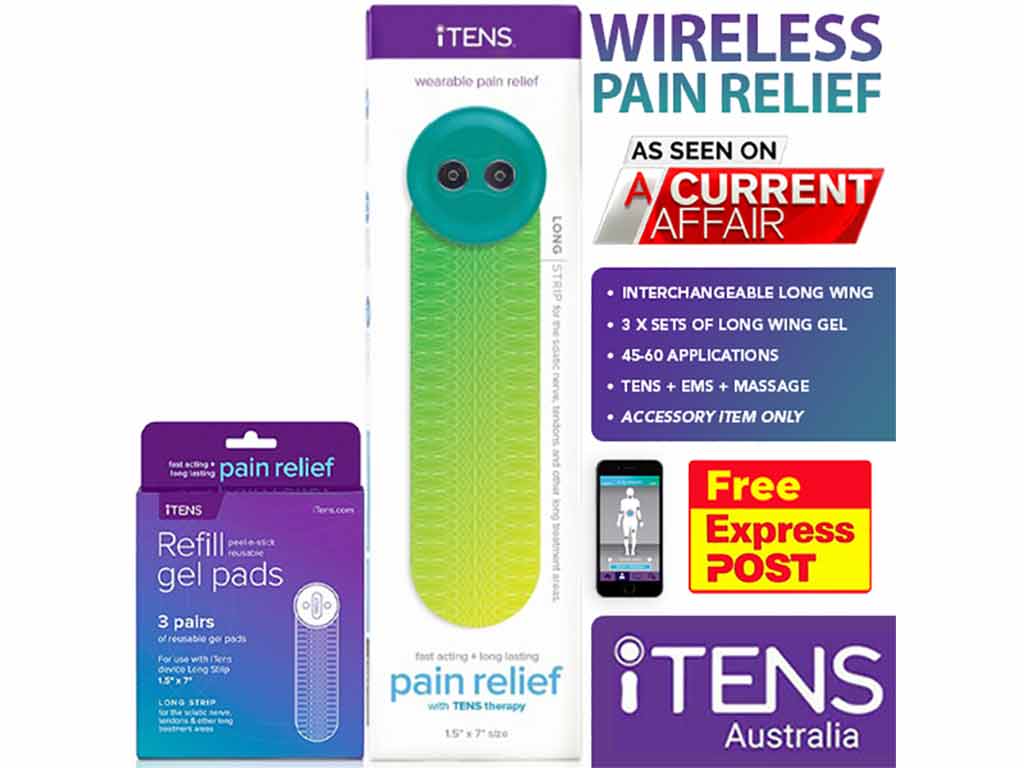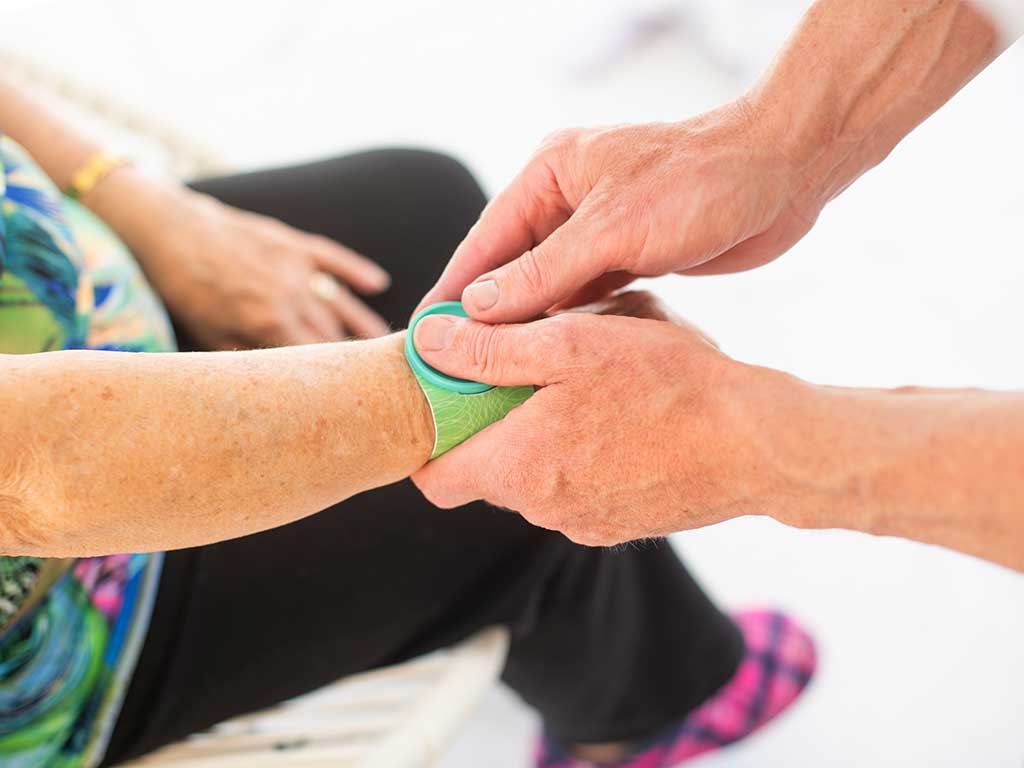
Thumb pain can be a debilitating condition that affects the ability to perform daily activities. To help with this, some people use Transcutaneous Electrical Nerve Stimulation (TENS). A TENS unit for thumb pain is a medical device that uses electrode pads to deliver electrical currents to the body. To use them for thumb pain, the user can place pads on the wrist. They may also place one on the centre of the back of the hand and the forearm.
TENS therapy is often used as an alternative to medication. It can help with various acute and chronic pain conditions, making it ideal for addressing the different causes of thumb pain. Nevertheless, users must practice safety measures to prevent any adverse effects. Consulting a medical professional is recommended to ensure the safe and proper use of TENS. This article will give an overview of TENS units, the correct pad placements, and its benefits.
What is a TENS Unit for Thumb Pain?
A TENS unit for thumb pain is a battery-operated device that delivers electric currents to the sensory nerves using electrode pads. This machine aims to provide natural pain relief for various conditions by triggering body mechanisms. There are many causes of thumb pain, which is why the versatile relief TENS provides is growing in popularity.
TENS units have adjustable settings. This allows the user to customise their treatment. High-frequency stimulation triggers spinal nerve cells to block the transmission of pain signals. Meanwhile, low-frequency stimulation induces the production of natural painkillers called endorphins. Alternatively, they may select preset modes tailored to specific conditions.
Generally, there are two kinds of TENS machines that people may purchase for personal use. These are the wired and wireless TENS. Wired or handheld units use lead cables to connect the electrode pads to the power source and controller. Meanwhile, wireless TENS use Bluetooth to link the pads and the controller. For some devices, they allow control using a smartphone.
Causes of Thumb Pain
Here are some possible causes of thumb pain:
- Rheumatoid arthritis: this form of arthritis can cause aches, weakness, and decreased range of motion in the thumb.
- Carpal tunnel syndrome: occurs when the median nerve experiences pressure from the wrist. It results in muscle weakness, numbness, swelling, and aches.
- Sprains: an injury caused by damage to the ligaments in the thumb.
- Fracture: broken bones in the thumb that can cause intense pain.
- Basal joint arthritis: occurs when the cartilage between the wrist and the thumb wears away.
- De Quervain’s tenosynovitis (DQT): an ailment that affects the tendons from the base of the thumb to the wrist.

Pad Placement When Using a TENS Unit for Thumb Pain
Proper electrode placement is crucial to effectively deliver electrical pulses to the targeted area. To help guide them, people may read pad placement charts and guides. They may also study the instruction manual from the device manufacturer to increase their understanding of using a TENS unit for thumb pain. Lastly, they may consult a healthcare professional for guidance on using the machine for their medical condition. This can include advice on where to apply the electrodes for optimal relief.
Generally, users apply the pads on muscle areas near the origin of the aches. For thumb pain, users may place one electrode on the back of the centre of their hand and another on their forearm. Another option is to attach the adhesive pads near the wrist. Users may experiment with different placements to see which works best for their condition.
It is recommended to clean the area before applying the pads to remove body oils, lotions, or dirt that may hinder the effectiveness of the therapy. This may also prolong the use of the pads and help ensure they will not fall during the session.
How to Use the Device
Using a TENS machine is a straightforward process. After the user attaches the pads, they can connect them using wires or Bluetooth. Once they are secure, they may turn the machine on and start adjusting the settings. However, starting on low settings is recommended to avoid sudden shocks or discomfort.
Afterwards, they may gradually increase it to a tolerable intensity and frequency. The duration of TENS sessions is generally between 20 to 30 minutes. They may set timers to help keep track of this. Once the time has elapsed, they may turn off the machine and remove the electrodes.

Benefits of Using a TENS Unit for Thumb Pain
There are many benefits of using a TENS unit for thumb pain. This is often used in hospitals and physical therapy clinics to help patients with various conditions. Firstly, TENS therapy is non-invasive. This removes the risks of infections and other complications due to injections or incisions. Another benefit of this is that there is no recovery period needed.
Secondly, TENS is drug-free. This is helpful for those who wish to reduce or replace their intake of pain medications. For some, its effects can last for hours, making it ideal for both chronic and acute pain. Furthermore, it does not cause addiction even when used multiple times a day. Thirdly, TENS has a massage-like effect that can help increase blood flow to the area. This promotes healing and relieves sore muscles.
Lastly, endorphins can help reduce inflammation. This can help increase the range of motion and quality of life while causing a reduction in pain. However, it is crucial to consult a healthcare professional before using TENS. They can diagnose the cause and ensure that electrical nerve stimulation is safe for the individual.
Safety Measures
Users must follow safety measures while using TENS devices. One preventative measure is to stay alert during the session. This allows the user to react if they feel uncomfortable at any point in the session. Hence, users must not sleep or engage in safety-sensitive activities, like driving or operating heavy machinery.
In addition, individuals should check the condition of their device before starting a session. They must ensure there are no breaks in the wires and replace the adhesives on the pads if needed. Lastly, avoid contact with water while using TENS. It could cause harm to the user and damage the machine.
Conclusion
Using a TENS unit for thumb pain is a non-invasive and drug-free method of alleviating aches. The electrical stimulation delivered by a TENS device through electrodes can help with the various causes. This includes sprains, carpal tunnel syndrome, arthritis, and DQT. Moreover, it is easy to self-administer using proper pad placement and adjusting the settings. For thumb pain, users should attach the pads on the wrist. Alternatively, they can place electrodes on the back of the hand and the forearm.
Individuals may use high-frequency stimulation to trigger the pain-gating mechanism. They may also use low-frequency stimulation to induce endorphin production. Furthermore, this also works on pain from different body parts and conditions. However, it is recommended to consult a healthcare professional before using TENS to ensure safety. Those interested in purchasing a wireless TENS unit may include the iTENS from iTENS Australia as an option.







